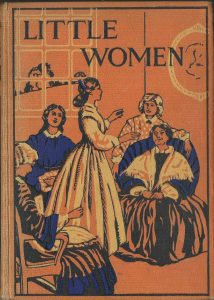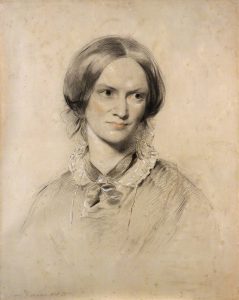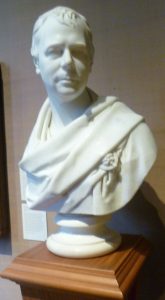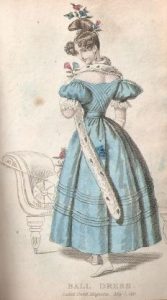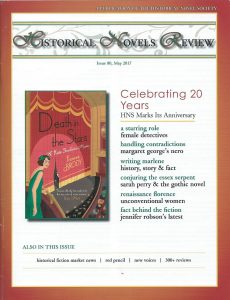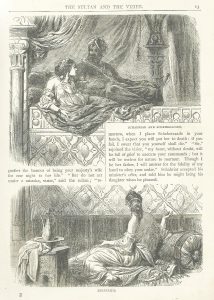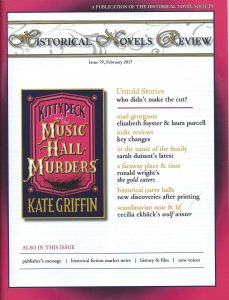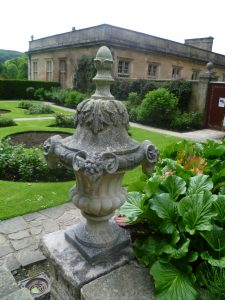In this post, I’m looking at how travel, for Jane Austen heroines, always indicates change of some sort. Take Northanger Abbey. Our heroine, the seventeen-year-old Catherine Morland, is travelling to Bath with Mr and Mrs Allen. Catherine, who lives almost entirely inside her head with the Gothic romances she so loves, hopes for Adventure, with a capital A. But, as Jane Austen tells us, the journey ‘was performed with suitable quietness and uneventful safety. Neither robbers nor tempests befriended them, nor one lucky overturn to introduce them to the hero.’
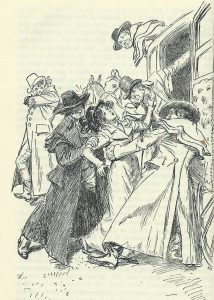
Three villains in horsemen’s greatcoats
There may not be a Gothic villain ready to abduct her, but the journey, nevertheless, signifies an important change. The Allens are not Catherine’s parents, and Mrs Allen proves to be a careless chaperone. She sees nothing wrong with Catherine becoming best friends with the flighty Isabella Thorpe, daughter of her old friend Mrs Thorpe, nor of Catherine driving out alone with that boastful rattle, John Thorpe.
Continue reading Jane Austen: Travel in ‘Northanger Abbey’
Please share this page...
